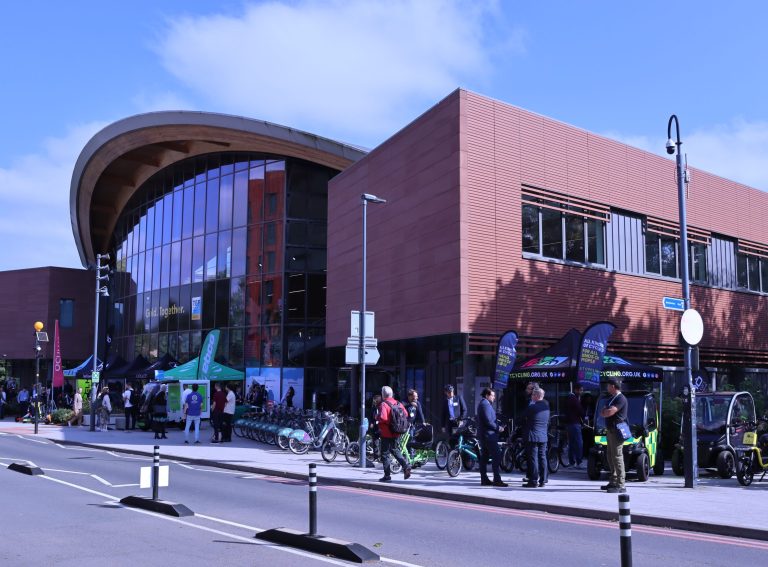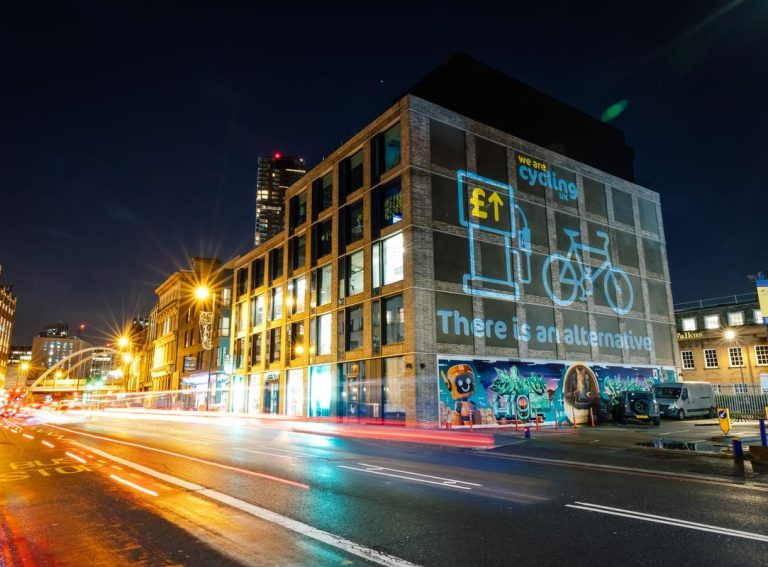Last summer, Zag Daily looked at where the e-scooters are deployed from multiple vendors across some of Europe’s biggest cities.
In this piece, we take another look at the fleet footprints to see what has changed. We also map a couple more cities with open data feeds on their scooter for-hire locations.
Oslo
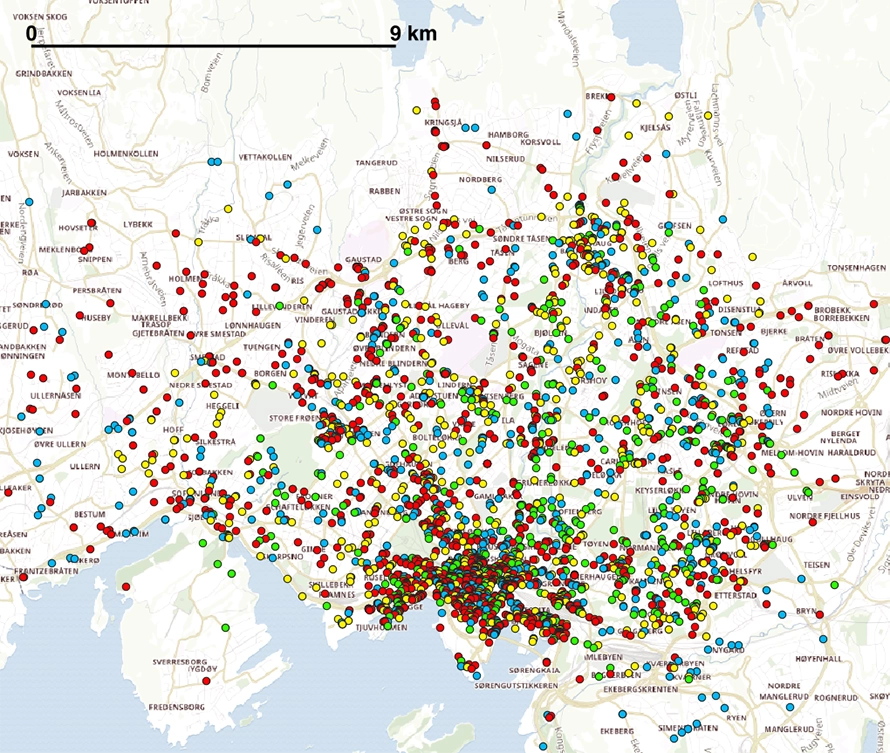
The Norwegian capital was perhaps an unlikely king of shared e-scooters last summer, with almost 20,000 crowding what is not a huge city. Inevitably, the good times (for the operators, and users, if not the general public) ended, and regulation has seen fleet numbers slashed and some operators move out altogether. It is also still winter of course. But the four shown here – Voi in red, TIER in blue, Lime in green and Bolt in yellow – are all still operating and there are still plenty of scooters about. Voi and TIER have better coverage in the suburbs, while Lime and Bolt focus more on central areas. There are only 3,000 e-scooters in the map now – 600 from each of Bolt, Lime and TIER, and 1,200 from Voi.
Rome
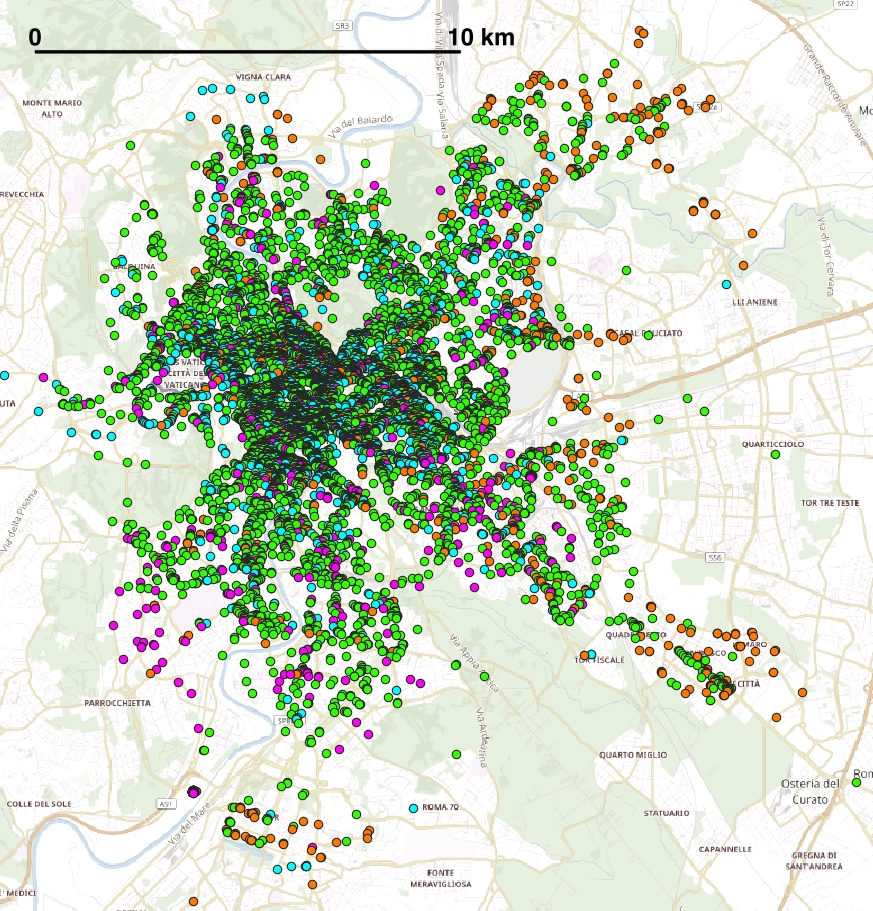
The four operators here – Lime in green, Bird in blue, LINK in orange and Helbiz in purple – pervade the Italian capital. The snapshot here represents 9,000 e-scooters – 4,000 for Lime (which also has e-bikes in the city), 2,500 for Bird, 1,500 for Helbiz, and 1,000 LINK e-scooters. All operators are in the central core, but LINK has good density in the east, while Helbiz covers the south more strongly than the north.
Madrid
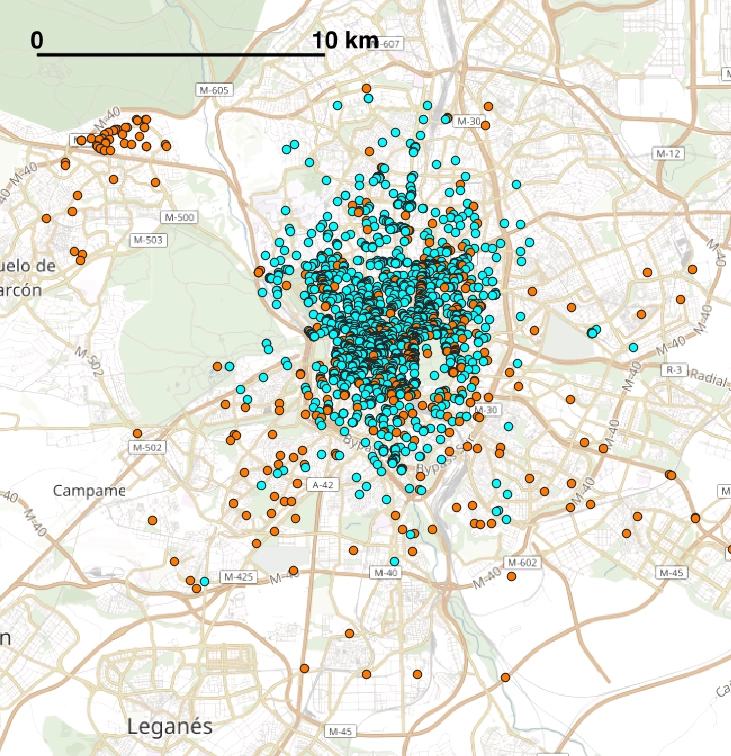
Spin exited Madrid at the beginning of the year. The remaining two operators who provide the open data – LINK and Bird – can be seen here (orange and blue respectively). Bird is a little more focused towards the centre of the city while LINK has better suburban coverage.
We also looked at Zurich and Lisbon in our previous feature – little has changed since then, and the numbers in Zurich are broadly the same – in Lisbon however, both LINK and Bird have grown their fleets considerably since last summer.
Brussels
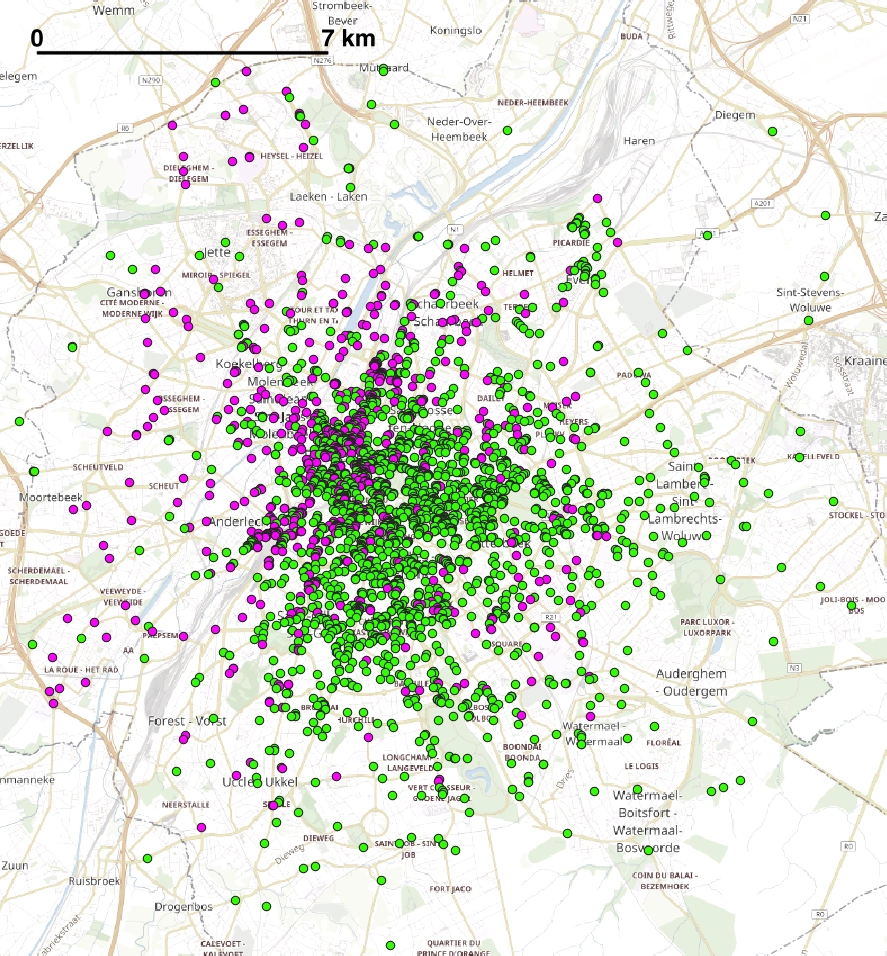
Here is a snapshot of Brussels, which has adopted e-scooters more recently but now has several operators competing. Just under 1,000 Pony scooters (in pink here) cover the centre and west of Brussels, while 2,200 Lime e-scooters (in green) cover the centre and east. There is also some availability going well into the suburbs making this a city where you can take a shared e-scooter anywhere.
Newcastle
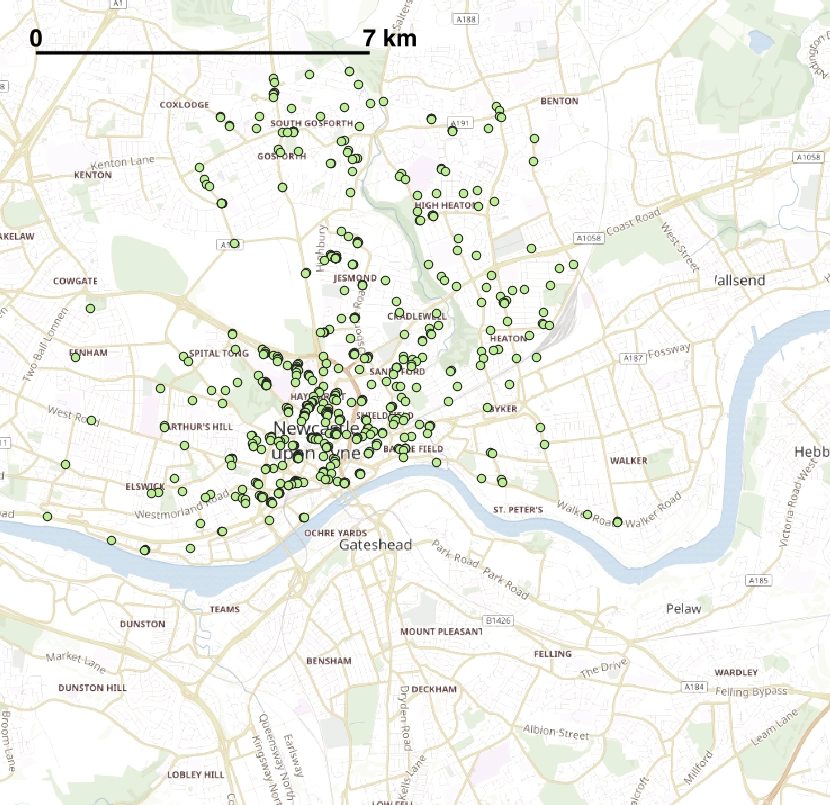
Finally we look at some UK e-scooter “footprints”. The largest fleet in the UK for which open data is available is Newcastle, where Neuron has around 600 e-scooters. Unlike the other European cities we have featured here, the operating area of Newcastle is very constrained, with most suburbs not available, and Gateshead, a city just to the south of Newcastle but an obvious potential origin or destination for e-scooter trips, not covered at all. This is a quirk of the way the UK e-scooter trial program has been designed, with local councils responsible for specifying operating areas, and different councils having differing levels of enthusiasm for the trials. Should the UK eventually adopt a more relaxed approach to operating bounds, and construct operating areas which properly cover complete urban areas, then the potential of shared e-scooters in this country might finally become a reality.
Zag is making use of the GBFS open data standard which is widely adopted for e-scooters around the world, particularly in North America. While Europe is being a little slower to open up shared micromobility data, some countries, in particular Norway, Switzerland and France, have moved forward to mandate some or all of the data being opened, so that citizens can freely and easily discover the locations of the vehicles ready for hire.
The GBFS data feeds never reveal information about e-scooters being used, or where people are going with them – simply where they are available and ready for hire. Zag thinks this data should always be available and encourages city halls to mandate the opening up of such feeds. Kudos to Beryl, Spin, Neuron, Helbiz, Pony and Superpedestrian that always make their GBFS feeds open “out of the box”.


